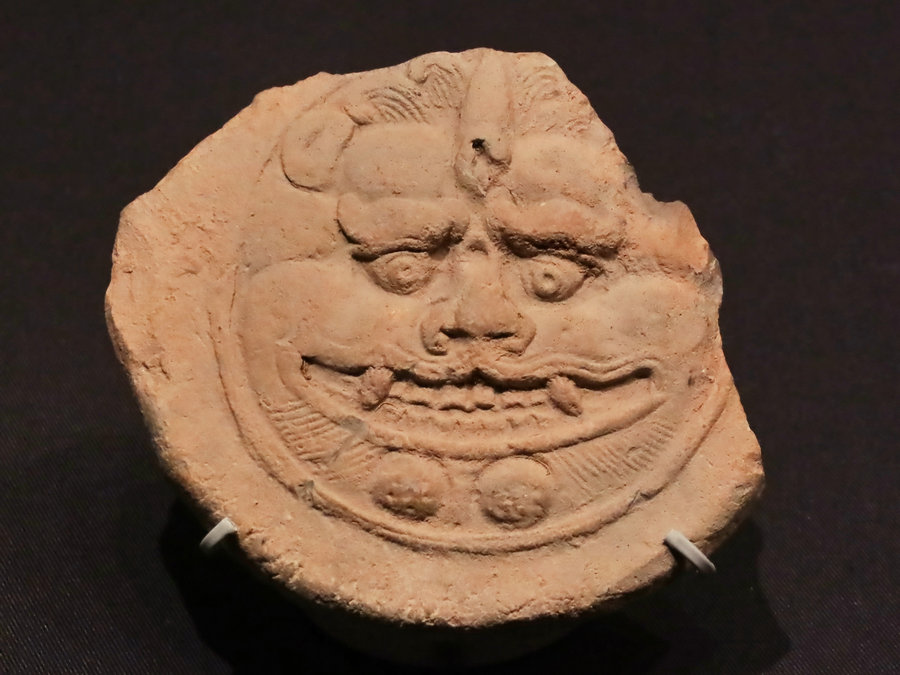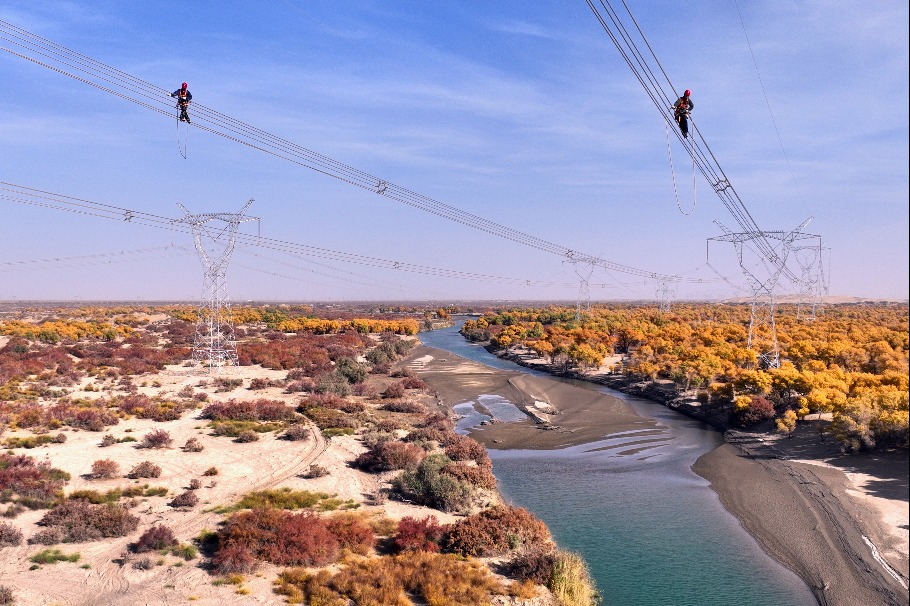Mounds claim their rightful place in history
Researchers piece together a fascinating tale to shed light on an exceptional saga, Wang Kaihao and Wang Ru report in Yinchuan.


The code also records Xixia exchanged with not only surrounding regimes but also Central and even West Asia through tribute, market fairs, and mutual trades along the Silk Road.
And findings on Xixia Imperial Tombs may resonate with the recordings.
On the outer wall of Mausoleum No 3, arc-shaped corner towers may tell its possible inspiration from similar battlements in West Asia while most such structures in ancient China were square-shaped.
Sculptures of Kalavinka, a fantastical immortal with a bird's torso, also rested on the roof of mausoleum structures. Colloquially known as an "exquisite sound bird "and believed to originate from India, this deity image appeared in other key Buddhist sites in the rest of China following booming trade on the Silk Road.
























